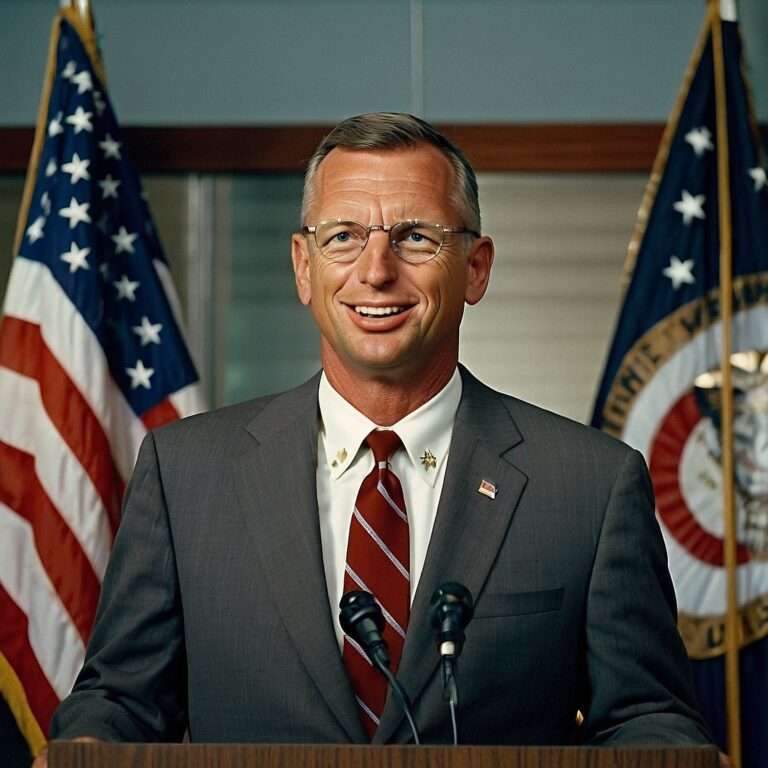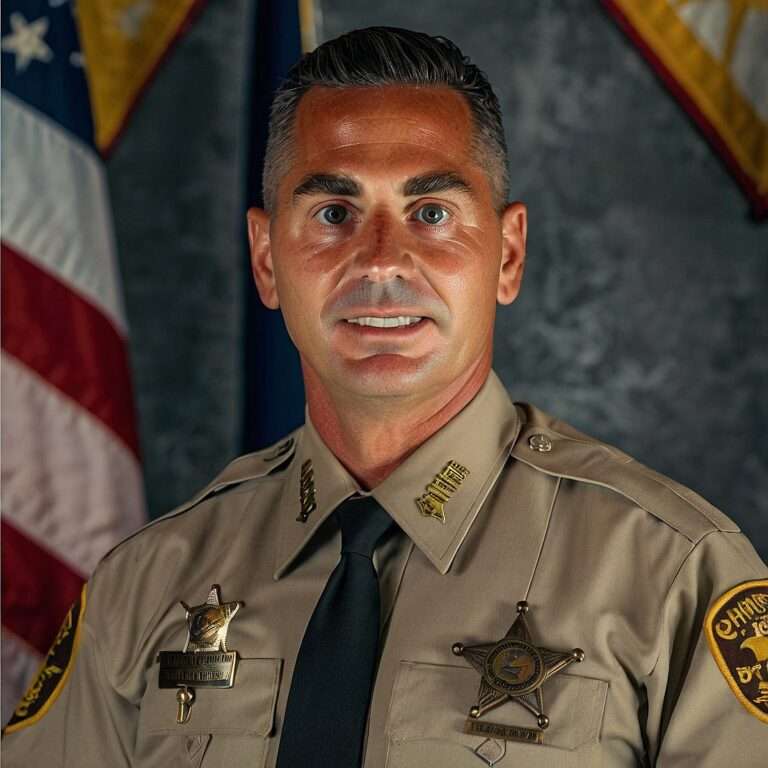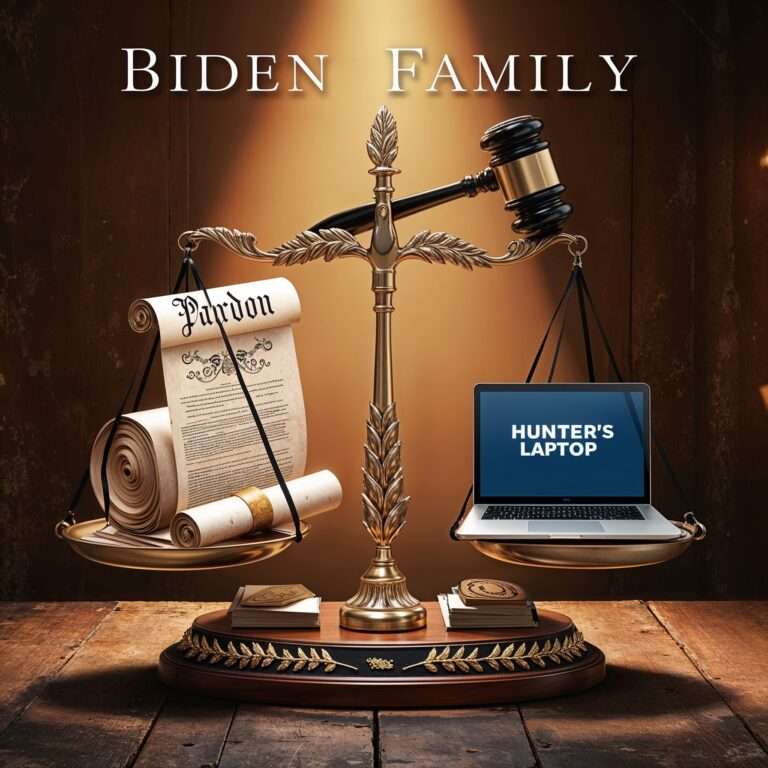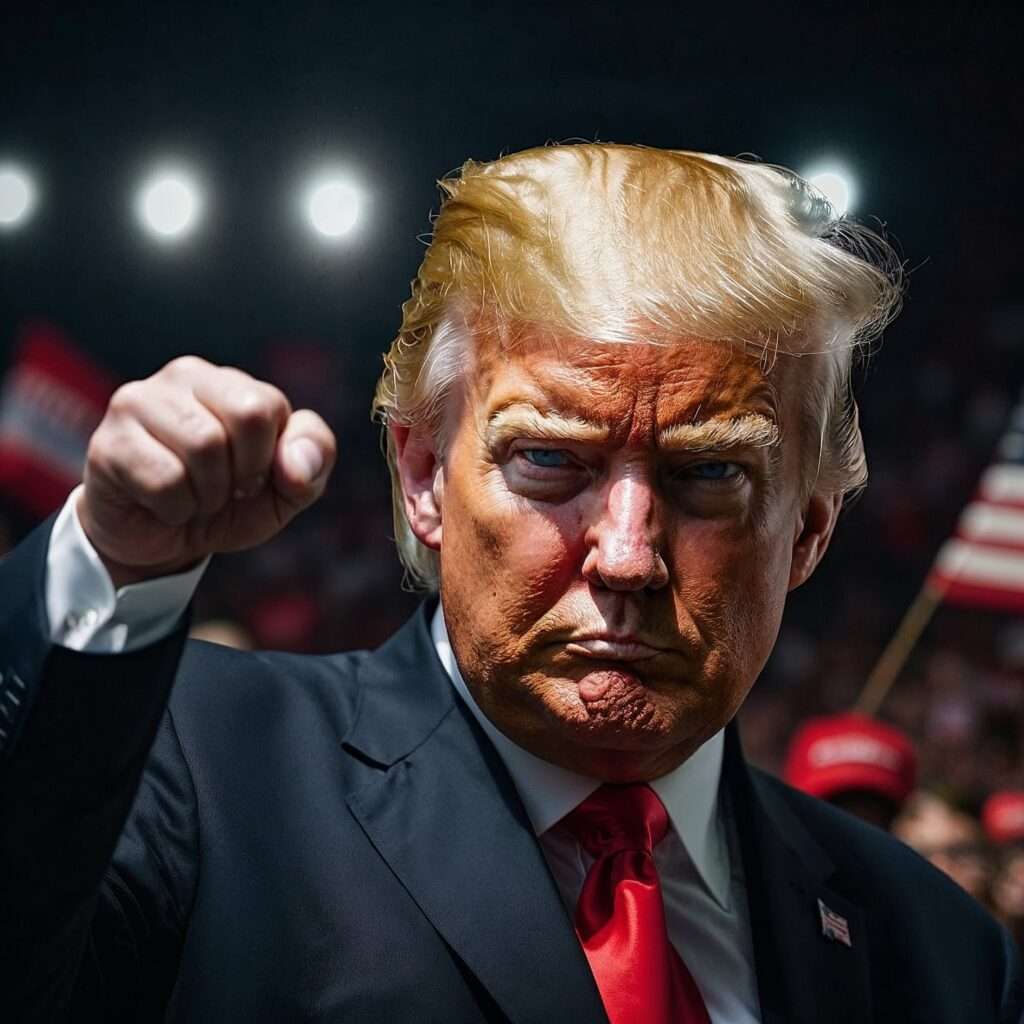
Donald Trump delivers a commanding presence at a rally, embodying the passion and energy of his campaign.
Since 2015, Donald Trump has broken records in American politics with his unprecedented rally strategy. This Trump rally record comparison explores how his campaign events measure up against other political figures, including Barack Obama and Bernie Sanders. Trump’s unparalleled dedication to in-person engagement, coupled with his signature theatrical approach, has redefined modern political campaigning. But how does his rally record compare, and what does it reveal about his leadership and strategy?
This article examines how Trump’s rally record stacks up against other prominent politicians and explores what this approach reveals about his leadership and campaigning style.
Trump Rally Record Comparison: Breaking Campaigning Barriers
Donald Trump’s reliance on rallies as a primary campaign tool began during his 2016 presidential bid. His rally-centric strategy became the cornerstone of his approach to voter engagement, building momentum through personal interaction and theatrical displays of support.
- 2016 Campaign: 323 rallies held over 512 days, focusing on battleground states and grassroots engagement.
- 2020 Campaign: 83 rallies, even amidst the COVID-19 pandemic when many opted for virtual events.
- 2024 Campaign (to date): Approximately 37 rallies, with more expected as his campaign progresses.
These totals culminate in an estimated 443 rallies, highlighting Trump’s unique commitment to face-to-face voter engagement.
Additional Milestones:
- Cumulative Miles Traveled: Over 100,000 miles, targeting key swing states and high-profile venues.
- Average Age During Campaigns: 70 in 2016, 78 in 2024—a feat of endurance rarely seen in modern politics.
Trump’s rally strategy underscores his ability to energize his base, turning these events into not just campaign stops, but movement-building opportunities.
Trump Rally Record vs. Other Politicians: A Clear Contrast
Trump’s unprecedented rally schedule invites comparisons with other notable figures in U.S. political history. Let’s see how his efforts measure up.
1. Barack Obama: Balancing Rallies with Media Strategy
Barack Obama’s campaigns in 2008 and 2012 emphasized large rallies but also leveraged digital outreach and televised appearances to mobilize voters. Across both campaigns, Obama held an estimated 150-200 rallies, far fewer than Trump.
- Obama’s Focus: Digital-first strategies and fewer, larger-scale rallies.
- Contrast with Trump: While Obama balanced in-person and media outreach, Trump has doubled down on rallies as his central tool for voter engagement.
2. Bernie Sanders: Energizing Progressives
Known for his passionate rallies, Bernie Sanders leaned heavily on in-person events during his 2016 and 2020 campaigns. However, his total rally count is estimated at 100-150, well below Trump’s numbers.
- Sanders’ Focus: Mobilizing progressives with targeted events.
- Contrast with Trump: Sanders’ approach was narrower, focusing on specific demographics, while Trump’s rally strategy spans a broader cross-section of voters.
Trump’s Record vs. Historical Campaigners: FDR and JFK
Before the television age, figures like Franklin D. Roosevelt and John F. Kennedy relied on whistle-stop tours and radio appearances rather than large rallies. Their campaigns were built around frequent, smaller stops rather than Trump-style mass gatherings.
- FDR and JFK: Relied on traditional media and press coverage, reflecting the limitations of their era.
- Contrast with Trump: Modern technology and media have enabled Trump to amplify his rally-first strategy, creating a spectacle unmatched by historical precedents.
How Trump Rally Records Redefined Campaign Strategies
Trump’s rallies are more than campaign stops—they’re pivotal to his political identity. Here’s why they’re so effective:
- Direct Engagement with Supporters:
Trump bypasses traditional media to connect directly with his audience. His unscripted style and humor resonate more in person than in televised speeches. - Building Loyalty and Identity:
Rallies foster a sense of community and loyalty among attendees, who view themselves as part of a movement rather than passive voters. - Driving Momentum:
The excitement and energy generated at rallies often lead to word-of-mouth promotion and viral social media content, amplifying Trump’s message far beyond the venue.
This rally-first approach has defined Trump’s campaigns and set him apart from other modern politicians who often rely more heavily on digital outreach or traditional media.
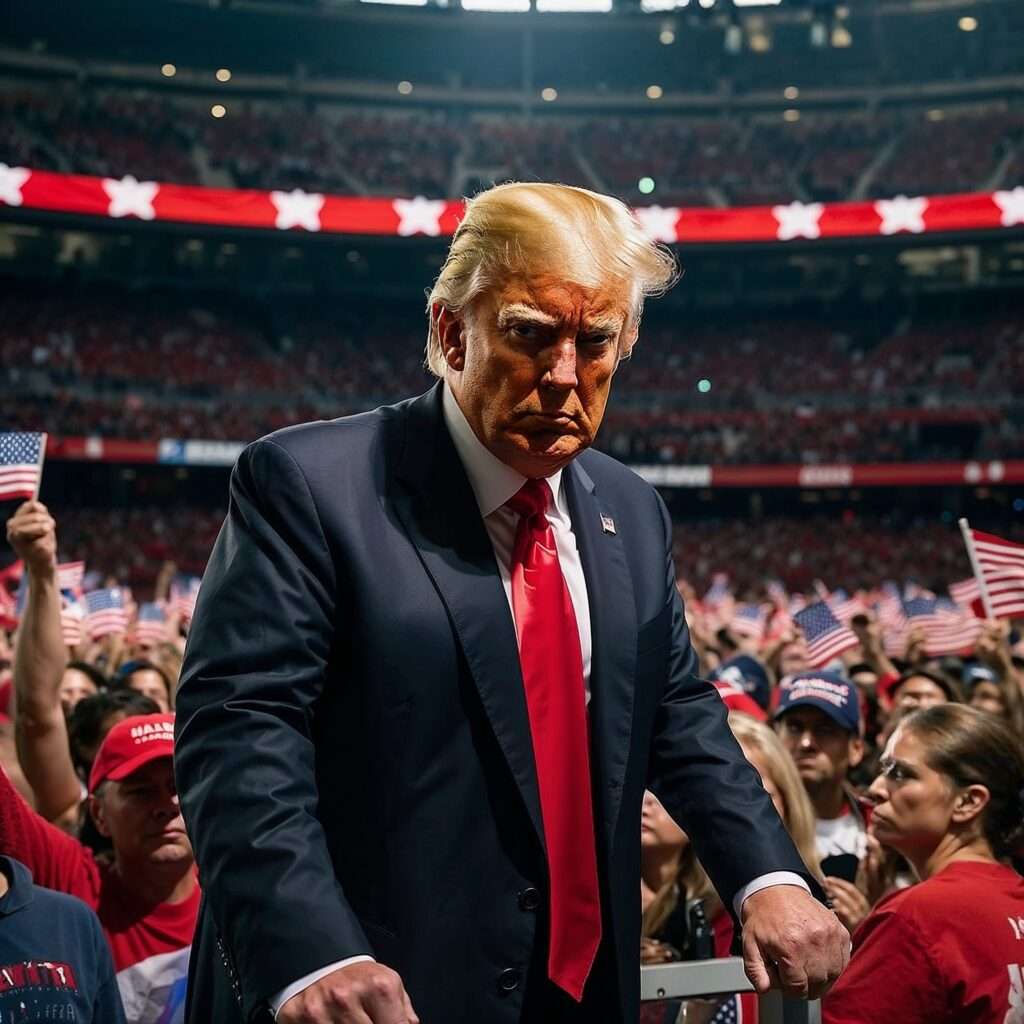
Why Trump’s Rally Approach Redefines Political Campaigning
Maintaining Trump’s rally pace demands extraordinary physical and mental resilience, especially given his age.
- Preparation and Travel: Traveling thousands of miles weekly for rallies requires precise coordination and endurance.
- Engaging Speeches: Trump’s rallies often feature 90-minute speeches delivered with humor, improvisation, and energy.
- Crowd Interaction: These events are highly theatrical, with Trump feeding off the energy of tens of thousands of supporters.
Few politicians have demonstrated this level of stamina, particularly those in their seventies. Trump’s ability to sustain this schedule enhances his image as a tireless advocate for his supporters.
Challenges and Criticisms of Trump’s Rally Strategy
While Trump’s rally strategy has its strengths, it also draws criticism:
- Overemphasis on Rallies: Critics argue that focusing heavily on rallies can neglect other important campaign tools, like targeted ads and localized outreach.
- Polarizing Content: Trump’s speeches often include controversial remarks, which can alienate moderates or undecided voters.
- COVID-19 Backlash: His decision to hold in-person rallies during the pandemic faced widespread criticism, raising concerns about public health.
Despite these challenges, Trump’s rallies remain a cornerstone of his political strategy, solidifying his connection with his core supporters.
Conclusion: Trump’s Rally Legacy
Donald Trump’s rally record stands unmatched in modern American politics. With 443 rallies and counting, he has redefined campaigning, turning his events into both a political tool and a cultural phenomenon. While other politicians, from Obama to Sanders, have utilized rallies to great effect, none have approached the scale or intensity of Trump’s efforts.
As Trump continues his 2024 campaign, his rallies will likely remain a defining feature of his strategy, cementing his reputation as a relentless campaigner and a leader who prioritizes direct engagement with voters.
DARWIN’s Take: The Rally as Power and Spectacle
Donald Trump’s reliance on rallies transcends conventional campaigning; it’s a masterstroke of direct political theater. With over 443 rallies across three presidential campaigns, Trump’s strategy is unmatched in scale and spectacle. Each event serves as more than a speech—it’s a ritual of affirmation, where supporters revel in shared grievances, promises, and fervent loyalty. But beneath the applause lies a critical question: does this relentless rally schedule reflect unparalleled strength or a troubling overdependence on an insular audience?
The Power of the Rally: Energizing the Faithful
Trump’s rallies are undeniably effective in rallying his base. They serve as direct channels of communication, bypassing traditional media filters to deliver raw, unedited messaging. His humor, spontaneity, and rhetoric resonate powerfully in person, fostering a sense of community among attendees. Rallies also serve as political theater, reinforcing Trump’s brand as a populist champion fighting an establishment narrative.
However, this focus on the faithful may limit broader engagement. By consistently addressing his loyalists, Trump risks alienating moderate or undecided voters. The events often double as echo chambers, amplifying existing support but doing little to expand his reach.
“Trump’s rallies aren’t just political campaigns—they’re crusades of identity. But can a message confined to its faithful break through the walls of its own echo chamber?”
A Relentless Pace: Stamina or Obsession?
Trump’s stamina is remarkable, especially for a man in his late seventies. His relentless rally schedule demonstrates physical resilience and an iron will to maintain direct voter contact. But this intensity raises another question: is it a testament to strength or an over-reliance on theatrics over substance?
The sheer volume of events could signal a campaign leaning heavily on spectacle, potentially sidelining deeper policy discussions. While rallies generate energy, they risk becoming self-contained performances disconnected from governance.
“When the lights dim and the stage is gone, does the rally’s promise translate into policy—or fade with the last applause?”
The Spectacle of Modern Politics
Trump’s rallies are a reflection of the current political climate, where spectacle often outweighs substance. They embody the shift from policy-focused campaigning to emotionally charged events designed to amplify loyalty and visibility. This reliance on rallies may set a dangerous precedent for politics, where the leader’s image eclipses broader coalition-building efforts.
The real challenge lies in whether Trump’s rally-centric approach can evolve beyond the stage. Can the enthusiasm of the crowd be transformed into sustainable, inclusive policy? Or does this relentless performance model signal a deeper shift in how modern politicians prioritize theatrics over governance?
“Trump’s rallies are more than events; they’re reflections of an era. Whether they define a movement or a moment will depend on their ability to extend beyond the cheering crowds.”
Sources for Further Reading
Here are relevant sources providing more information and context about Donald Trump’s rally strategy and its broader implications in American politics:
- “Deconstructing the Spectacle and Stagecraft of a Donald Trump Rally”
Reuters
This article offers an in-depth analysis of the theatrical elements and strategic planning behind Trump’s rallies, highlighting their role in his political success.
Read more on Reuters - “Keys to a 2024 Trump Rally: Dark Rhetoric, Spectacle and ‘the Weave'”
The Wall Street Journal
An examination of the key components of Trump’s 2024 rallies, focusing on his rhetorical style and the spectacle created to engage supporters.
Read more on The Wall Street Journal - “Anatomy of a Donald Trump Speech”
PBS NewsHour
A detailed breakdown of Trump’s speech patterns during rallies, exploring how his rhetoric resonates with audiences and influences public perception.
Read more on PBS NewsHour - “What Happens After Trump’s Win? Reaction, Analysis, Updates”
New York Magazine
An analysis of the aftermath of Trump’s election victory, including insights into his rally strategies and their effectiveness in mobilizing voters.
Read more on New York Magazine
These sources provide a deeper understanding of the scale, impact, and significance of Trump’s rally strategy in both historical and contemporary contexts.
Further Reading on Paranoid Prophet
Explore these related articles on Paranoid Prophet for more insights into political strategies, campaign dynamics, and leadership comparisons:
- Trump Rally Record: How His Campaigns Stack Up Against U.S. Politicians
A detailed comparison of Donald Trump’s rally strategy with other prominent politicians, exploring its unprecedented scale and effectiveness. - Marco Rubio’s Fit as Secretary of State: A Critical Review
A critical evaluation of Marco Rubio’s potential nomination as Secretary of State, highlighting his diplomatic limitations and interventionist tendencies.
These articles provide diverse perspectives on U.S. political strategies and leadership, offering readers a deeper understanding of how key figures and policies shape the nation.
FAQ: Trump Rally Record Comparison
Q: How does Trump’s rally record compare to other U.S. politicians?
A: Donald Trump’s rally record is unprecedented in scale and frequency. Over his 2016, 2020, and 2024 campaigns, Trump has held approximately 443 rallies, far surpassing other politicians like Barack Obama (estimated 150–200 rallies) and Bernie Sanders (approximately 100–150 rallies). His reliance on rallies as a primary campaign tool sets him apart from historical and modern political figures.
Q: What is unique about Trump’s rally strategy?
A: Trump’s rally strategy emphasizes direct, in-person engagement with his supporters. Unlike many politicians who balance rallies with digital or televised outreach, Trump uses rallies as his central campaign method. His energetic speeches, lasting up to 90 minutes, create a personal connection with his audience and generate significant social media engagement.
Q: Why does Trump rely so heavily on rallies?
A: Rallies allow Trump to bypass traditional media and connect directly with his base. They create momentum, foster loyalty, and amplify his messaging through word-of-mouth and social media. Trump’s rallies also emphasize his public persona as a tireless and committed leader.
Q: How do Trump’s rallies compare to historical campaign strategies?
A: Historically, politicians like Franklin D. Roosevelt relied on “whistle-stop” tours, while modern politicians, including Obama, utilized a mix of large rallies and digital campaigns. Trump’s rally frequency far exceeds both historical and contemporary norms, showcasing his unique approach to maintaining a constant presence with his supporters.
Q: What does Trump’s rally schedule reveal about his stamina?
A: Trump’s relentless rally schedule, particularly in his 70s, highlights his physical resilience and dedication. Campaigning at an age when most politicians scale back, Trump’s ability to sustain such a demanding schedule sets a new standard for political endurance.
Q: How do Trump’s rallies impact voter engagement?
A: Trump’s rallies create a sense of community among attendees, energizing his base and driving turnout. They serve as both a political and social event, reinforcing loyalty while spreading his campaign messages to a broader audience through attendees’ social media and word-of-mouth.
Q: What are the criticisms of Trump’s rally approach?
A: Critics argue that Trump’s rally strategy focuses too much on preaching to the choir, energizing his base without reaching undecided voters. Additionally, his rallies have faced scrutiny for their potential public health risks, particularly during the COVID-19 pandemic.
Q: Do Trump’s rallies influence the outcome of elections?
A: Trump’s rallies are credited with mobilizing his base and boosting voter turnout, particularly in swing states. However, their impact on persuading undecided voters is less clear, as they primarily reinforce the support of existing followers.
Q: How does Trump’s rally style differ from other politicians’?
A: Trump’s rallies are theatrical and spontaneous, often featuring humor, personal anecdotes, and off-the-cuff remarks. This contrasts with the more scripted and formal rallies of politicians like Barack Obama, who often emphasized inclusivity and polished messaging.
Q: What do Trump’s rallies indicate about his leadership style?
A: Trump’s rally-centric campaigning reflects his hands-on, direct approach to leadership. It demonstrates his preference for unfiltered communication and personal engagement, highlighting his ability to energize and maintain loyalty among his supporters.
